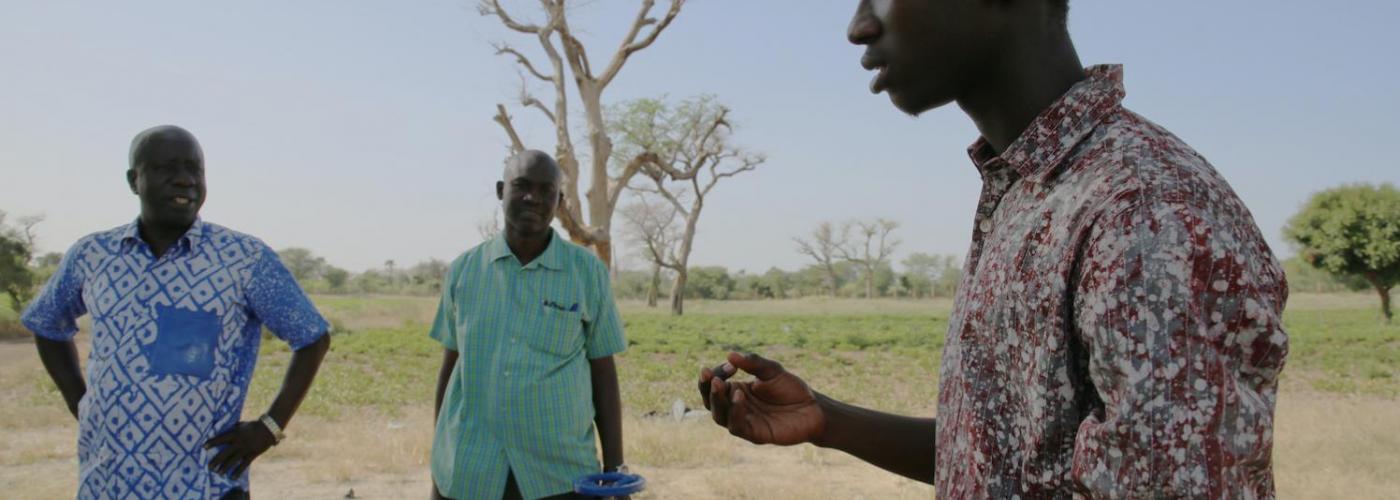Including Youth in Agriculture through Extension and Advisory Services
Image

This blog was originally posted on Agrilinks and was written by Kristin Davis, Steven Franzel, Beatrice Luzobe, Richard Miiro, Raphael Rurangwa, and Nicolas Uwitonze, Feed the Future Developing Local Extension Capacity (DLEC).
In Africa south of the Sahara, more than 12 million new jobs a year are needed in rural areas to absorb young entrants. Agriculture provides scalable economic opportunities that can also reduce poverty. Engaging youth in extension and advisory services (EAS) can help address the employment challenge and contribute to economic development — by recruiting young people as providers and/or helping larger numbers of youth access services needed for them to engage in successful agricultural livelihoods. But little is known about how to engage youth in EAS, especially in the private sector.
It is important to understand the arrangements organizations put in place to engage youth in EAS provision. This involves understanding the recruitment process, capacity enhancement, motivation and incentive mechanisms, quality assurance, resourcing, scoping and scaling strategies used.
The Feed the Future Developing Local Extension Capacity (DLEC) and USAID Bureau for Resilience and Food Security undertook a study in Rwanda and Uganda to understand how to better engage youth in agriculture through EAS and the private sector. Here are 6 recommendations from this work.
- Differentiate among youth. Understand the heterogeneity of youth and tailor programs to youth segments. Dedicated resources are needed for youth assessments and targets should be set and monitored for achieving specified levels of youth inclusion. Incentives for private companies to hire youth such as corporate social responsibility awards or tax credits should be encouraged.
- Help young women. We must focus on gender at the same time as youth. Otherwise, the benefits may accrue only to young men, particularly if women’s constraints are not addressed such as domestic responsibilities, lack of access to land and negative attitudes about women’s capabilities. Again, incentives are needed for employers to set, monitor and meet gender targets.
- Provide market-based solutions. Private sector, market-based solutions help ensure sustainability. Inclusive markets are achieved when youth benefit from engaging with the private sector, and when actors benefit from engaging youth in markets. The right incentives are needed to ensure that private sector engagement with young people involves extension where information is exchanged that gets at learning gaps among youth and others. Sometimes businesses take the initiative, and other times, governments and development actors have facilitation roles to play, including reducing risks of investing in new ways of doing business.
- Ensure that youths also have incentives. This is critical to engagement, and short-term financial gain. Though important, it is not the only incentive that youths consider. For example, the fact that some Ugandan village agents have gone on to become input suppliers, output aggregators, and service providers for digital products including agro-insurance provides a huge incentive for other youths to become village agents.
- Promote public-private partnerships. Many successful initiatives involve collaboration among different types of actors. For example, a Rwandan internship program involved the government administering the program, private companies hosting the interns and a development project providing training. Private companies, government, and development projects also partnered effectively in Uganda’s village agent models.
- Use digital tools. Digital tools have important benefits: enhanced communication and feedback, improved economic efficiency, and added prestige to agricultural enterprises. The considerable emphasis being given to digital tools must be sustained. Increased research is warranted to assess and improve performance and guide future use of these tools, particularly for ensuring that the economically poor and traditionally underserved have access to them.
These are just a few of the findings from our study. See more in an article on Rural21 and stay tuned for additional blog posts from Rwanda and Uganda with examples, cases and models of youth engagement.
The authors would like to thank Jane Lowicki-Zucca and John Peters for their support.
The views and opinions expressed in this article are those of the authors and not necessarily the views and opinions of the United States Agency for International Development (USAID).


